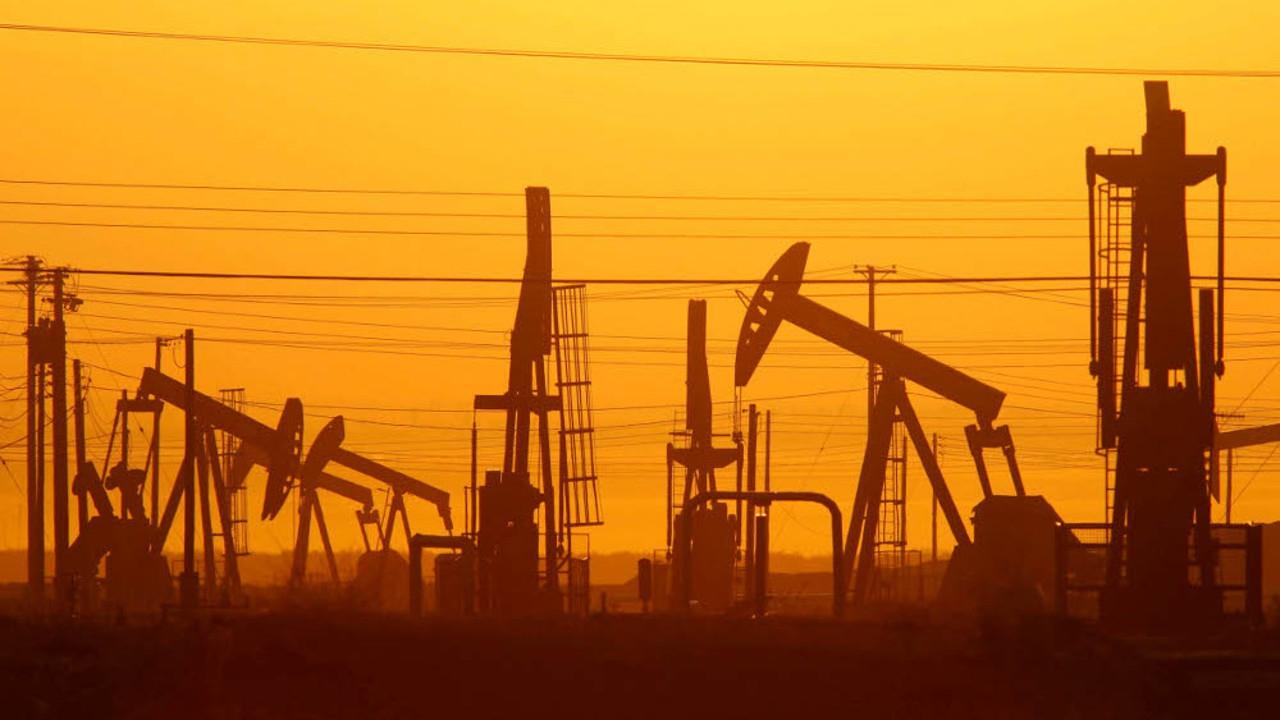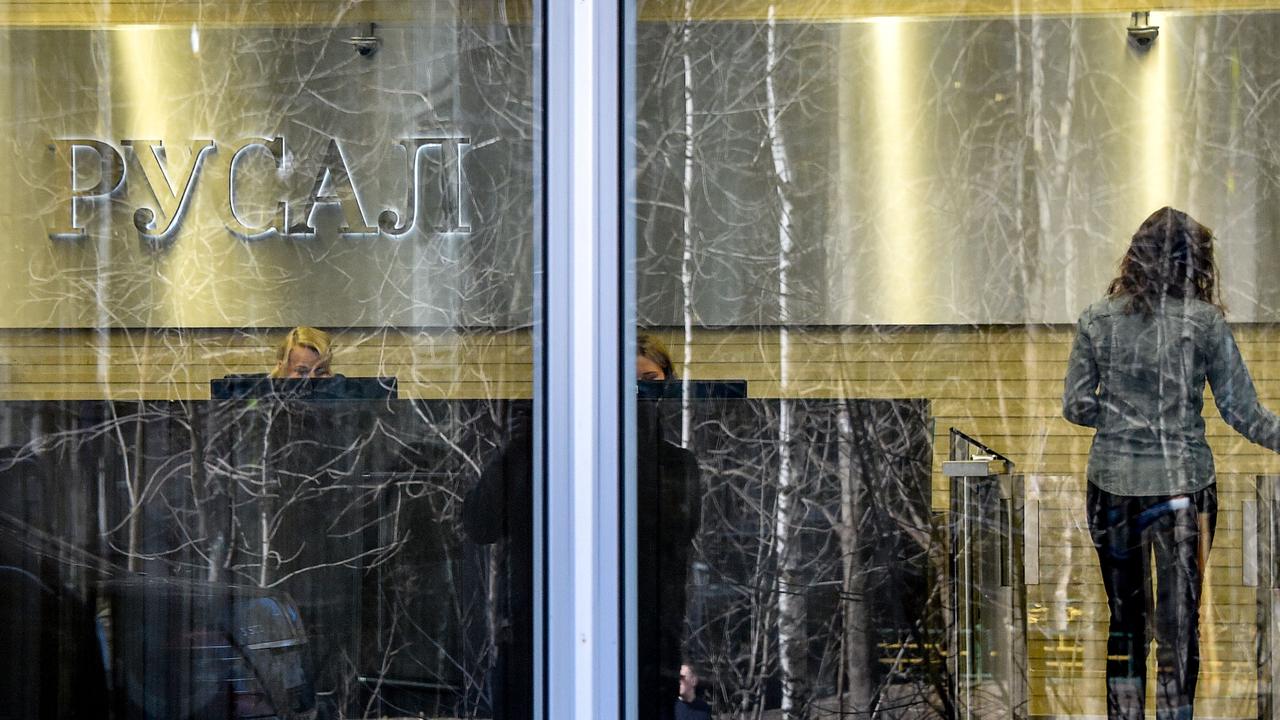Why the big miners aren’t scared of China’s steel capacity cuts

The two big steelmakers — Baosteel is the world’s fifth-largest and Wuhan the 11th-largest — didn’t detail what their restructuring might look like but the immediate assumption was that it would entail some form of merger or co-operation that leads to significant production cuts. If they were to merge, they would create the world’s second-largest steel producer, behind ArcelorMittal.
Last year, Baosteel’s earnings slumped 80 per cent to about $150 million and Wuhan lost about $1.5 billion against the backdrop of a global steel glut that has generated rising trade tensions. The US has started an anti-dumping review of imports from China while the European Union has warned of new anti-dumping tariffs on Chinese steel.
The Chinese authorities outlined their own plans to act against overcapacity and uneconomic production across its industrial sector earlier this year and have specifically targeted the steel and coal sectors.
They have said they are aiming to reduce steel production capacity in the highly-fragmented domestic industry by about 45 million tonnes this year as part of a program of consolidation and rationalisation that could see between 100 million tonnes and 150 million tonnes of annual capacity eliminated by the end of the decade.
They want to cut coal production by about 500 million tonnes a year over the same period.
The targeted steel capacity cutback for this year of 45 million tonnes translates to iron ore demand of about 67.5 million tonnes. If China is able to cut 100 million to 150 million tonnes a year from its steel-making capacity, it would remove 150 million to 225 million tonnes of demand from the iron ore market.
At face value, that shouldn’t be good news for the iron ore price.
It is, of course, conceivable that the market has been cynical about China’s talk of restructuring of its industrial sector, given that it has found it difficult to drive out uneconomic capacity in the past. It may also be that the price was responding to the day-to-day fluctuations (and speculation) in the notoriously volatile Chinese futures markets for steel and iron ore.
An actual reduction in Chinese steel production could, however, have a significant and positive medium- to longer-term impact on the iron ore market if it drives out sub-economic supply, particularly from China’s domestic producers.
Over the next few years, the big three seaborne iron ore producers — Rio Tinto, BHP Billiton and Vale — will add more than 110 million tonnes to their existing capacity, with Vale’s 90 Mtpa S11D project in Brazil supplying the vast majority of the extra volume. Those three producers dominate the seaborne iron ore trade and represent the lowest-cost and highest-quality end of the sector.
In the absence of cutbacks to production elsewhere, the extra volumes they will produce would create significant oversupply and drive the price down.
If China’s steel sector is restructured and focused on the largest and most efficient producers and the reduced production and demand for iron ore flowed through to China’s iron ore producers — and not the so-called “zombie” high-cost, low-quality producers operating for cash and simple survival rather than profits — the supply-demand equation for the iron ore market over the next few years would look far more balanced.
The discussions between Baosteel and Wuhan come against the backdrop of a flurry of mergers or prospective mergers of state-owned industrial enterprises that suggest China’s government is getting serious about forcing reform and more productive use of capital across its SOEs.
The rising global tensions around China’s steel exports, which have been having dramatic and traumatic impacts on domestic steel industries elsewhere, might be a secondary factor in the government’s encouragement of consolidation and more rational behaviour.
Rising concern about China’s alleged “dumping” of steel — its exports have been at record levels — is encouraging protectionist sentiment in the US, EU and Japan that could jeopardise China’s access to global markets.




The iron ore market’s response to the announcement that China’s Baosteel and Wuhan Iron and Steel have started discussions over a “strategic restructuring” was curious. The price spiked.